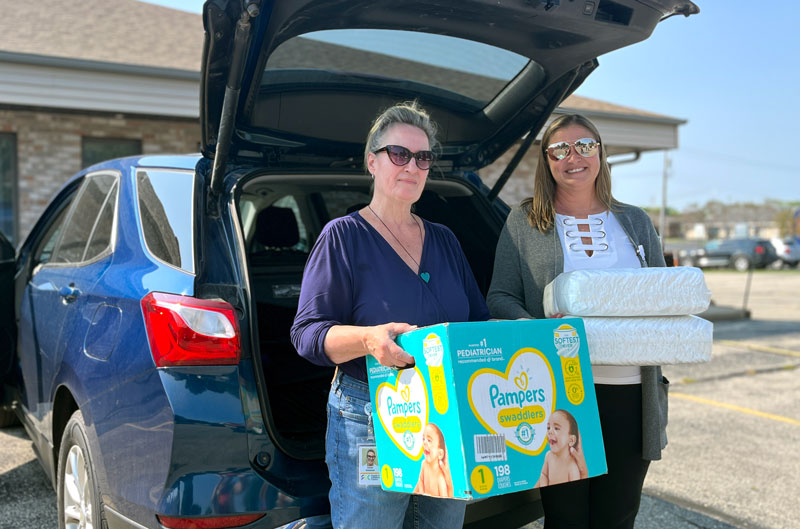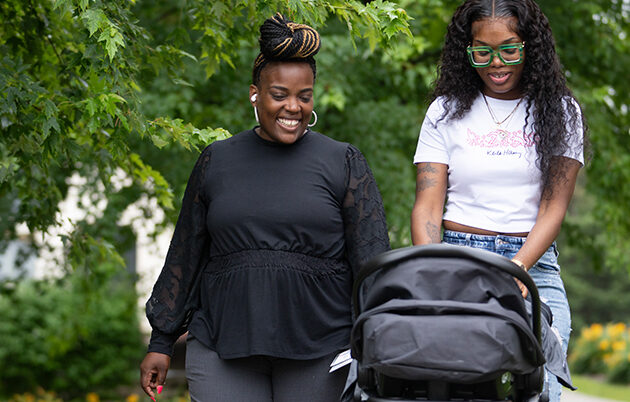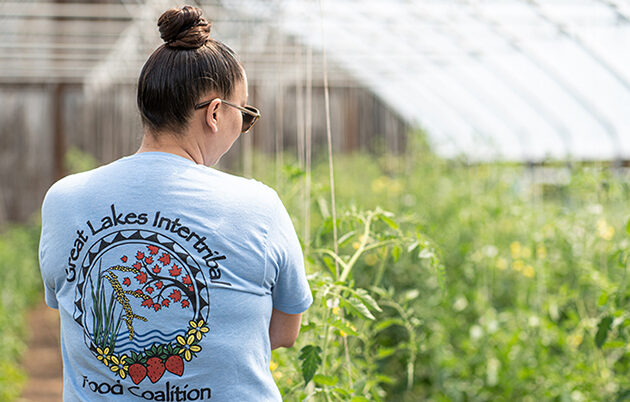The program continues to expand its work and impact through additional funding and successful collaborations. Thanks to an additional grant, the program now has four CHW/doulas who serve La Crosse County. Neighboring Monroe County saw the program’s success and decided to write a grant to have a community health worker cross-trained as a doula. As a result, a fifth CHW/doula will join the group at the end of 2024, working with the Families First of Monroe County.
The CHWs/doulas collaborate with local health systems, including Gundersen Health System and Mayo Clinic Health System, insurers such as United Healthcare and Quartz Health Plan, and government agencies.
Purl recalled a meeting with some local health care providers where some skepticism about working with doulas was expressed. But by the end of the presentation, Purl said, the providers were impressed about how doulas can promote maternal and health for at-risk families.
Most of the CHWs/doulas spend their workdays in the community. They visit mothers and babies at home, accompany them to medical appointments, and, if requested, attend births.
“Our standard of care is to attend at least two prenatal appointments, but often they will attend more than that,’’ Purl said. “They help navigate medical discussions and advocate for the clients’ birth plans.”
After the new families return home, in-home visits continue. In their role as doulas, the CHWs/doulas may help fold laundry or wash dishes, hold the newborn so mom can take a shower, and do screenings for prenatal depression. They often attend the well-baby visits and ensure that other children in the home receive preventive care.


